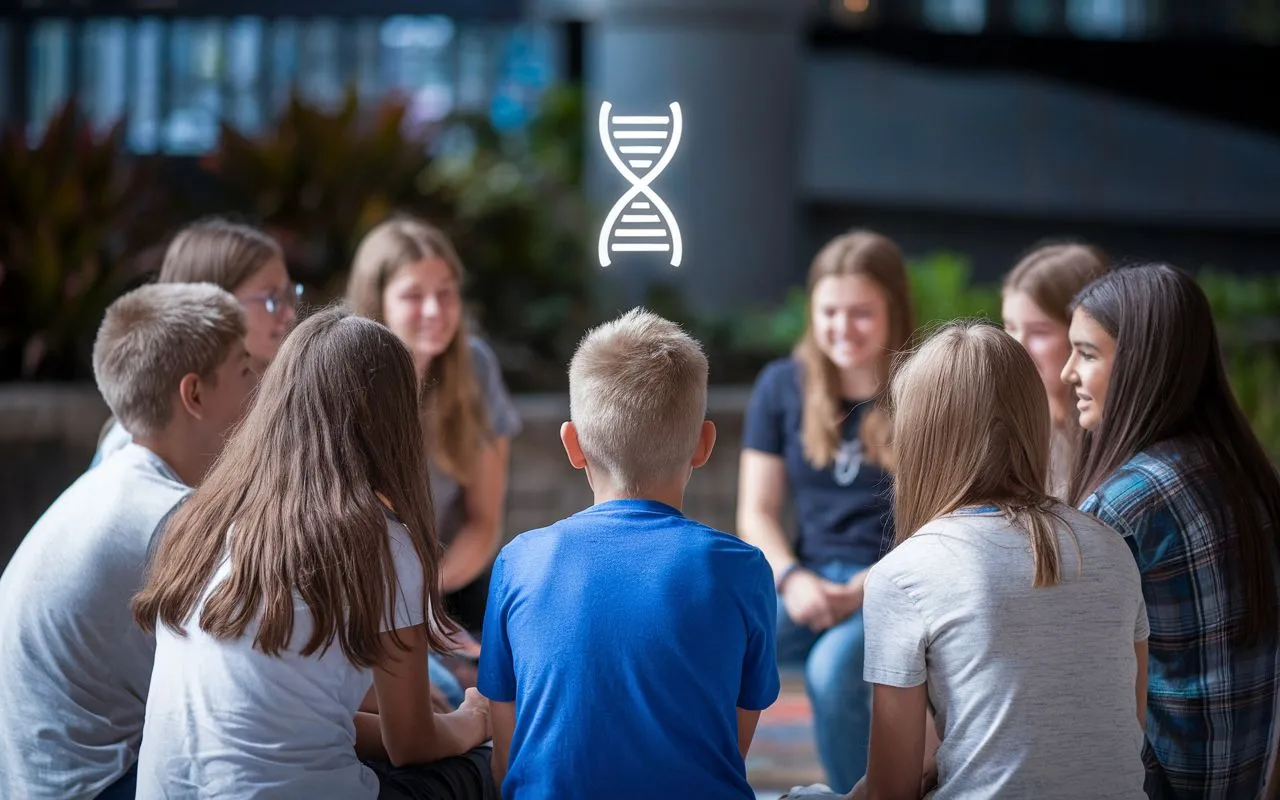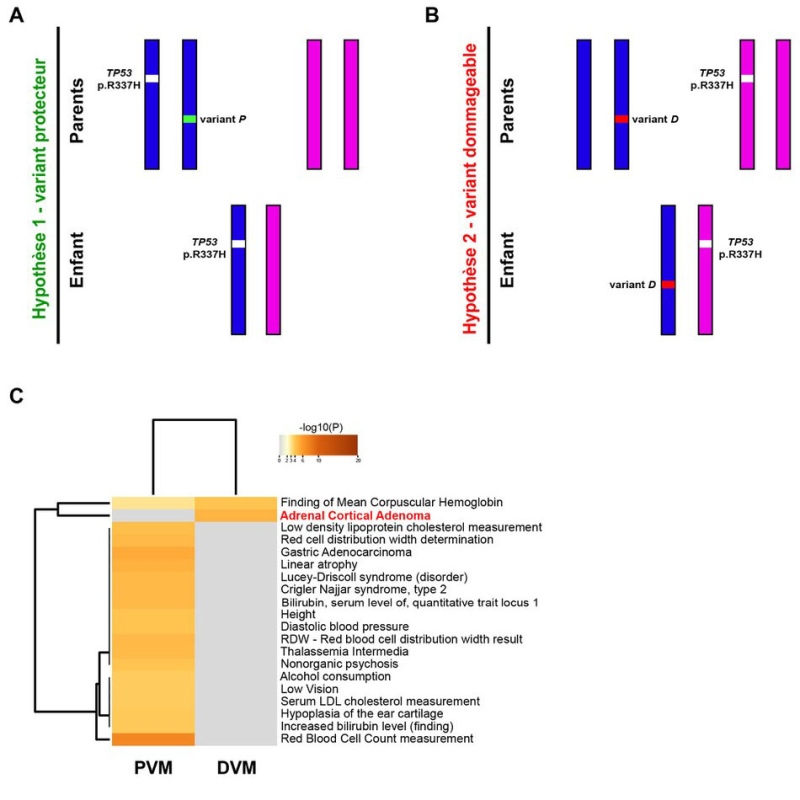Follow us on Google News (click on ☆)
In an article published in The Lancet Regional Health, scientists are developing a method to identify other genetic variants that increase the risk of ACT in carriers of the TP53 variant. These methods may also be applied to identify risk factors in other types of cancers.

Pathogenic variants of the TP53 gene, which plays a crucial role as a tumor suppressor, are common in many types of cancers. When people inherit certain harmful modifications of this gene, especially if its function is severely impaired, they may develop multiple and recurrent tumors at a young age.
This condition is known as Li-Fraumeni syndrome (LFS). These variants are rare because they reduce reproductive success. However, some variants only partially affect the function of the TP53 gene, thus reducing the likelihood of cancer development in their carriers.
A specific variant of TP53 (p.R337H) is common in the population of southern and southeastern Brazil. Early studies linked this variant to a specific type of childhood cancer, adrenocortical tumors (ACT), which are much more frequent in this geographical region than in the rest of the world. Other research has also linked this variant to LFS and a similar condition called Li-Fraumeni-like syndrome (LFL).
In families where carriers of this variant are present, approximately five times more cancers are observed than in non-carriers. Among children and adolescents carrying this variant, the most common cancers are ACT and a specific type of brain cancer (choroid plexus carcinoma). In adults, carriers are more likely to develop breast and stomach cancers.
However, the probability of developing cancer in carriers of the TP53 p.R337H variant is much lower than in people carrying more severe TP53 variants. Furthermore, this variant does not affect reproductive health, as most carriers do not develop cancer until later in life and remain healthy during their reproductive years.
In addition to neonatal screening for TP53 p.R337H carrier status, it is crucial to identify the genetic and environmental factors influencing the penetrance of ACT in carriers of this pathogenic variant. This represents a significant public health challenge for approximately 100 million people living in southern and southeastern Brazil and neighboring countries (Paraguay, and perhaps Argentina).
In this study, conducted within the context of the International Research Network CNRS "Immunobiology and Immunopathology of Pediatric Adrenal Tumors" (IIPACT), in collaboration with Pequeno Principe Hospital in Curitiba (Brazil), scientists aimed to identify additional genetic factors that may increase the risk of developing ACT in children carrying TP53 p.R337H by analyzing genomic data from trios composed of a carrier child, a cancer-free carrier parent, and a non-carrier parent.
By analyzing whole-exome sequencing data from the blood genomic DNA of members of these trios, using deep learning algorithms, we found a significant enrichment of non-coding variants in genes involved in the cyclic AMP pathway in children with ACT carrying TP53 p.R337H. One of these variants (rs2278986 in the SCARB1 gene) was confirmed to be significantly enriched in a validation cohort of TP53 p.R337H carriers with ACT compared to carriers without ACT.

Figure: Genetic variants increase the risk of developing adrenocortical tumors in children carrying the TP53 p.R337H mutation.
A. Hypothesis 1: a protective variant (P) is present in the germline of the parent carrying the TP53 p.R337H mutation and absent in the other parent. The affected child does not carry the P variant.
B. Hypothesis 2: a damaging variant (D) is present in the germline of the parent who does not carry TP53 p.R337H and is absent in the carrier parent. The child carries the D variant. Each bar represents the haploid genome.
C. Differing Gene Ontology terms enriched in the protective variant model (Hypothesis 1: PVM) and the damaging variant model (Hypothesis 2: DVM). The log10 probability scale is indicated.
This study has thus demonstrated that it is possible to identify variants associated with an increased risk of developing ACT through AI-guided analysis of exome sequencing data from a small number of trios. If these results are validated on a larger scale, the use of rs2278986 profiling in a clinical setting could become a useful tool for stratifying the risk of developing ACT in carriers of the TP53 p.R337H pathogenic variant. Additionally, our methods could also be applied to other pediatric and adult cancers associated with germline pathogenic variants in oncogenes or tumor suppressor genes.
References:
AI-guided identification of risk variants for adrenocortical tumours in TP53 p.R337H carrier children: a genetic association study.
The Lancet Regional Health - Americas, DOI: 10.1016/j.lana.2024.100863 (2024)